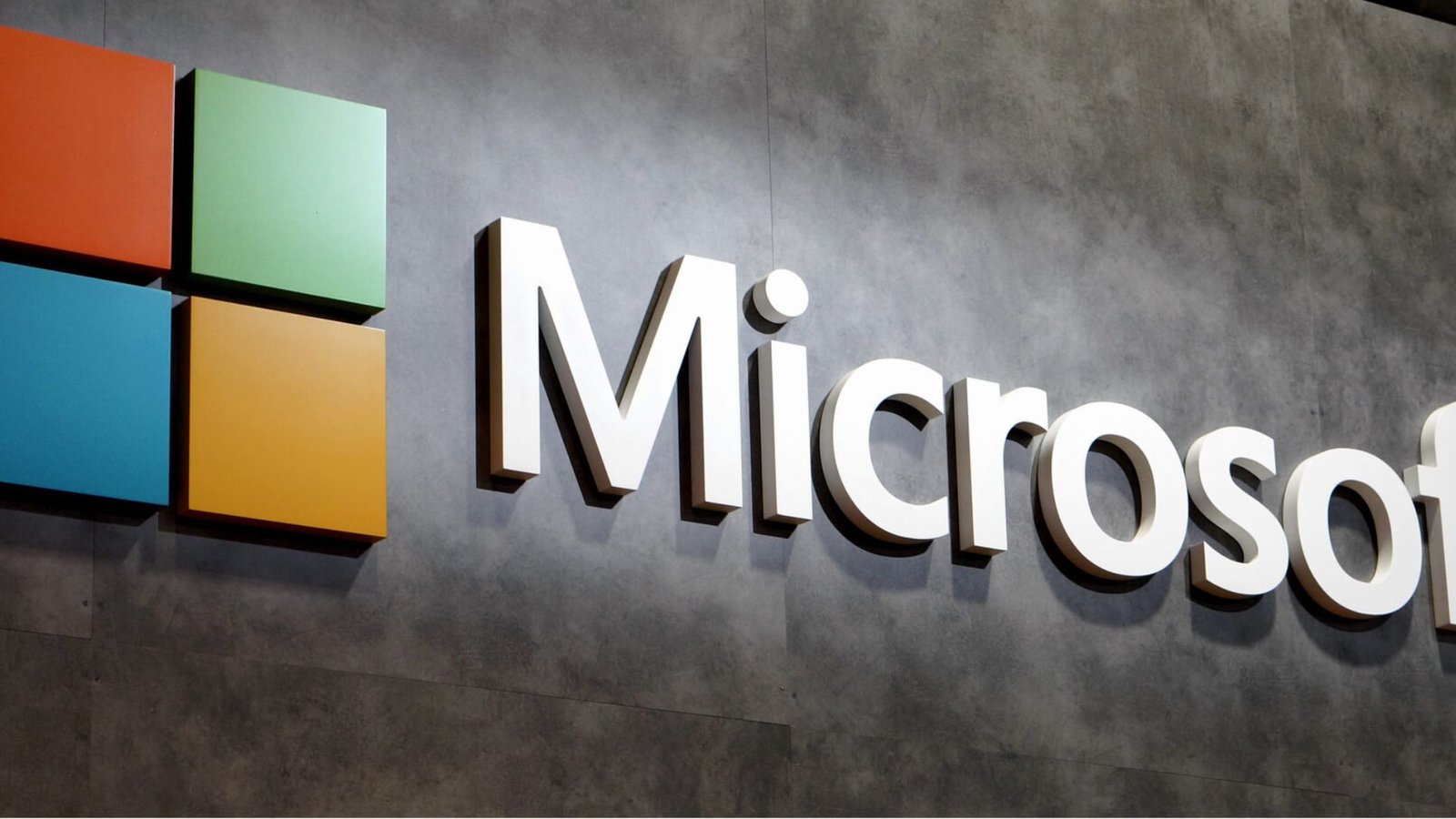
|
Getting your Trinity Audio player ready...
|
Navigating the dynamic landscape of information technology demands a commitment to best practices, and within the realm of Microsoft systems, a robust set of guidelines becomes indispensable. This article is a comprehensive exploration of the best practices essential for effective management of Microsoft systems. It spans critical areas, including operating systems, applications, security, and beyond. By delving into these guidelines, organizations can fortify their systems, ensuring not only optimal performance but also heightened security and efficiency. From regular updates to meticulous security measures, efficient application utilization, and ongoing training, the following sections elucidate a holistic approach. Embracing these best practices empowers organizations to harness the full potential of Microsoft systems in the ever-evolving landscape of information technology.

Operating System Management
Regular Updates and Patching
In the dynamic realm of Microsoft systems, maintaining resilience is contingent on staying abreast of updates and patches. Regularly applying security updates is paramount, fortifying the system’s defences against evolving cyber threats. Microsoft consistently issues patches to address vulnerabilities, and the timely application of these updates is crucial for sustaining a secure infrastructure. This practice not only safeguards against potential exploits but also reflects a proactive approach to cybersecurity. By prioritizing the prompt implementation of updates, organizations demonstrate a commitment to the ongoing security and integrity of their Microsoft systems. This section explores the significance of regular updates and the pivotal role they play in mitigating risks, enhancing cybersecurity, and ensuring the continuous robustness of Microsoft systems.
System Backups
Implementing a robust backup strategy is foundational to the resilience of Microsoft systems. Leveraging native tools like Windows Backup and Restore, organizations can ensure the integrity of their data. Regularly scheduled backups serve as a crucial safeguard against potential data loss, system failures, or unforeseen disasters. This proactive approach not only aids in the swift recovery of critical information but also minimizes downtime and disruption to operations. By routinely backing up data, organizations create a safety net that fortifies their capacity to respond to various contingencies, from hardware malfunctions to accidental deletions. This section explores the significance of a comprehensive backup strategy, emphasizing its role in data protection, system recovery, and the overall resilience of Microsoft systems.
Application Management
Microsoft Office Best Practices
Optimizing the usage of Microsoft Office is essential for organizations seeking to maximize productivity. Encouraging users to master features such as collaboration tools in Office 365, utilizing keyboard shortcuts for efficiency, and understanding data protection features contribute to a more streamlined workflow. Microsoft Office offers a myriad of capabilities beyond basic document editing, and harnessing these functionalities ensures that organizations make the most of their software investment. This section explores best practices for leveraging Microsoft Office, shedding light on key features that enhance collaboration, improve efficiency, and safeguard sensitive data. By empowering users with in-depth knowledge of Office tools, organizations can unlock the full potential of this suite for seamless and effective business operations.
Efficient Use of Microsoft Teams
Microsoft Teams has evolved into a cornerstone for collaborative work within organizations. Implementing best practices for Teams involves setting up organized channels, utilizing integrations with other Microsoft apps, and conducting regular training sessions to ensure users maximize Teams’ full potential. Organized channels enhance communication and project management, creating a structured environment for teams to collaborate efficiently. Integrations with other Microsoft applications, such as SharePoint and OneNote, streamline workflows and centralize information. Regular training sessions empower users with the knowledge and skills needed to navigate Teams effectively. Additionally, fostering a collaborative culture within the organization. This section explores the best practices for optimizing Microsoft Teams, providing insights into key features and strategies that contribute to a seamless and productive collaborative experience for teams.
Security Best Practices
Role-Based Access Control (RBAC)
Implementing RBAC ensures that users have the minimum access required for their roles. This principle minimizes security risks by limiting unnecessary access and privileges.
Multi-Factor Authentication (MFA)
Enhance authentication security with MFA. Requiring multiple forms of verification adds an extra layer of defence against unauthorized access, especially in critical systems.
System Performance Optimization
Disk Cleanup and Optimization
Regularly perform a disk cleanup to remove unnecessary files and free up storage space. Additionally, defragmenting drives enhances system performance by optimizing data storage.
Resource Monitoring:
Utilize tools like Performance Monitor to monitor system resources. Analyzing CPU, memory, and disk usage provides insights into potential bottlenecks, allowing proactive management to maintain optimal performance.
Network Configuration:
Secure Network Configurations
Implement firewalls and secure configurations to protect against unauthorized access. Microsoft systems provide tools like Windows Defender Firewall, which, when configured properly, add an extra layer of defence.
Virtual Private Network (VPN) Best Practices
For remote access scenarios, setting up a VPN ensures secure connections. Employing encryption and authentication mechanisms within the VPN safeguards data during transmission.
Ongoing Training and Documentation
User Training
Continual training for system users is crucial. Keeping users informed about security practices, new features, and efficient system usage fosters a culture of responsibility and proficiency.
Comprehensive Documentation
Maintaining detailed documentation of configurations, procedures, and troubleshooting steps is invaluable. It serves as a reference for administrators and aids in the onboarding of new team members.
Conclusion
In conclusion, implementing best practices for managing Microsoft systems requires a holistic approach. From regular updates to security protocols, efficient application use, and ongoing training, these practices collectively contribute to a resilient, secure, and high-performing Microsoft system. By integrating these guidelines into the system management strategy, organizations can navigate the evolving IT landscape with confidence and efficiency.
You might also be interested in:
- Characteristics of a Computer System
- A Closer Look at the Microsoft Ecosystem
- Microsoft Chat to disable Instant Messenger
- Fix Webcam issues in MSN with Microsoft chat support

15 Comments